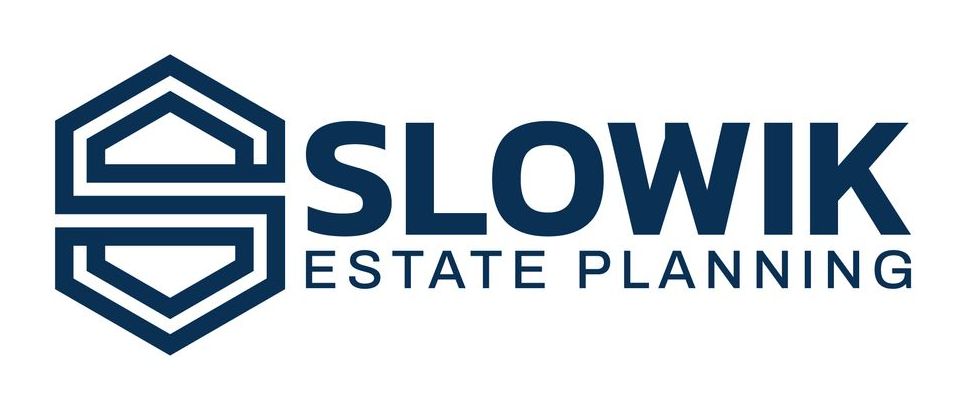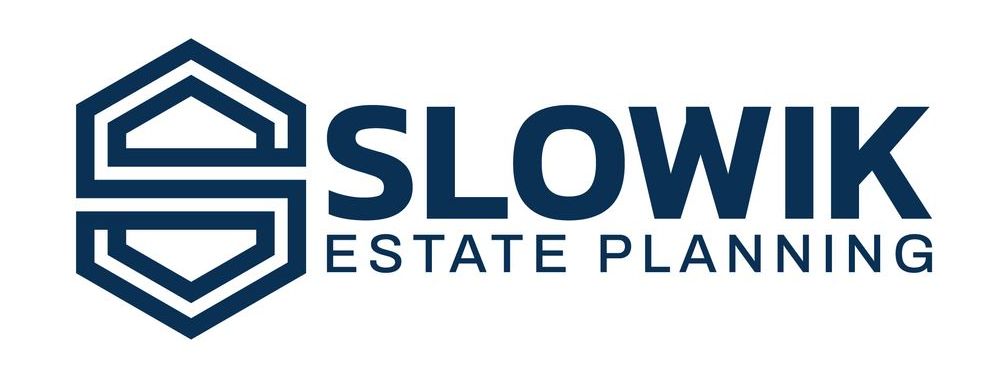In today's complex financial landscape, protecting your assets has become more important than ever for Georgia residents. Whether you're a business owner concerned about liability, a professional worried about potential claims, or simply someone who wants to ensure their hard-earned assets are preserved for future generations, understanding Georgia's asset protection framework is crucial for creating an effective strategy.
Understanding Georgia's Asset Protection Framework
Asset protection planning in Georgia involves more than simply hiding assets or creating barriers to collection – it's about utilizing legitimate legal structures and exemptions provided by state law to protect your wealth while maintaining appropriate control. The key to successful asset protection lies in implementing these strategies proactively, well before any potential claims arise.
Foundation: Georgia's Statutory Exemptions
Georgia law provides several fundamental protections that serve as the building blocks of any comprehensive asset protection strategy. These statutory exemptions, enshrined in Georgia's legal code, offer automatic protection for certain types of assets and income if and when you are subject to bankruptcy or creditor actions.
Wage protection represents one of the most important statutory safeguards. Under O.C.G.A. § 18-4-5, Georgia residents can protect 75% of their weekly disposable earnings from garnishment, or earnings exceeding 30 times the federal minimum wage, whichever provides greater protection. This protection becomes particularly important for individuals facing potential creditor claims while trying to maintain their standard of living.
Retirement accounts receive robust protection under both state and federal law. O.C.G.A. § 44-13-100(a)(2.1) shields qualified retirement accounts, including traditional IRAs (but NOT Roth IRAs), 401(k) plans, and pension plans qualified under ERISA. This protection reflects the public policy goal of ensuring individuals can maintain their retirement savings even in the face of financial difficulties.
Life insurance also enjoys significant protection under Georgia law. O.C.G.A. § 33-25-11 protects both life insurance proceeds and cash values when the beneficiary is the insured's dependent or family member, provided the premiums weren't paid to defraud creditors. This protection extends to both death benefits and accumulated cash value, making life insurance an important tool in asset protection planning.
Homestead Protection and Real Property
Georgia's homestead exemption, while more modest than some other states, provides important protection for your primary residence. Under O.C.G.A. § 44-13-100(a)(1), individuals can protect up to $21,500 in home equity, with married couples able to protect $43,000 when filing jointly. While this amount may seem limited compared to states like Florida that offer unlimited homestead protection, it can be strategically combined with other asset protection tools to provide comprehensive coverage.
Trust Strategies: A Cornerstone of Asset Protection
Trust planning represents one of the most powerful and flexible tools in Georgia asset protection. Georgia trust law provides several sophisticated options, each serving different protection objectives while maintaining legitimate control over assets.
Spendthrift Trusts: Protection Through Distribution Control
Spendthrift trusts, governed by O.C.G.A. § 53-12-80, offer particularly robust protection when properly structured. These trusts work by preventing beneficiaries from assigning or transferring their interest while simultaneously protecting trust assets from most creditors. The key to their effectiveness lies in proper formation and administration.
To create an effective spendthrift trust, you'll need:
- Specific spendthrift provisions in the trust document
- An independent trustee
- Clear distribution standards and guidelines
- Proper funding and administration
It's important to understand that spendthrift trusts cannot be self-settled in Georgia – meaning you cannot create one to protect your own assets while remaining a beneficiary. However, they prove invaluable for protecting assets you wish to pass to other beneficiaries, such as children or grandchildren.
Discretionary Trusts: Enhanced Protection Through Trustee Authority
Discretionary trusts take protection a step further by giving trustees complete control over distributions. This structure proves particularly effective because creditors cannot force distributions when the beneficiary has no enforceable right to trust assets. The trustee's discretion acts as a shield, protecting assets while ensuring they remain available for legitimate family needs.
Irrevocable Life Insurance Trusts (ILITs): Specialized Protection for Insurance Assets
An ILIT offers unique benefits for life insurance planning, providing both asset protection and estate tax benefits. When properly structured, an ILIT removes life insurance proceeds from your taxable estate while protecting them from creditors. However, successful implementation requires careful attention to detail.
Key considerations for ILITs include:
- Timely Crummey notices for premium payments
- Proper trustee selection and succession planning
- Coordination with overall estate planning objectives
- Annual administration requirements
Strategic Gifting: Balancing Protection and Tax Efficiency
Gift planning provides another powerful tool in the asset protection arsenal, but it requires careful coordination to maximize benefits while minimizing tax implications. Under current federal law, you can give up to $18,000 per recipient annually (2025) without triggering gift tax consequences. For married couples, this amount doubles to $36,000 per recipient.
Beyond basic annual exclusion gifts, advanced gifting strategies can provide additional protection while preserving family wealth. Family Limited Partnerships (FLPs) allow you to transfer assets while maintaining control, often with valuable valuation discounts for gift tax purposes. However, these structures must have legitimate business purposes beyond mere tax savings to withstand scrutiny.
Insurance Strategies: A Multi-Layered Approach to Protection
Understanding how insurance fits into your asset protection plan is crucial for creating comprehensive security. Insurance serves as your first line of defense, working in concert with other protection strategies to create multiple barriers against potential claims.
Liability Insurance: Your First Line of Defense
A robust liability insurance program starts with primary coverage but should extend well beyond basic policies. While most people maintain standard homeowner's and auto insurance, comprehensive asset protection requires a more sophisticated approach. An umbrella policy providing additional coverage of at least $2-5 million creates an important protective barrier. These policies typically cost relatively little compared to the protection they provide, making them one of the most cost-effective asset protection tools available.
For professionals and business owners, specialized coverage becomes essential. Professional liability insurance protects against claims arising from your professional services, while Directors and Officers (D&O) insurance safeguards corporate decision-makers. Employment Practices Liability Insurance (EPLI) has become increasingly important in today's complex workplace environment, protecting against employment-related claims.
Integrating Insurance with Trust Planning
The real power of insurance in asset protection comes from its strategic integration with trust planning. Your insurance coverage should work as your primary defense, with trust structures providing a secondary layer of protection. This coordination requires careful attention to policy ownership, beneficiary designations, and coverage limits.
For example, when establishing an Irrevocable Life Insurance Trust (ILIT), the trust must be both the owner and beneficiary of the policy to achieve optimal tax and asset protection benefits. However, this arrangement requires careful consideration of how premium payments will be handled without triggering negative tax consequences.
Common Insurance Pitfalls to Avoid
Several critical issues require attention when implementing insurance strategies:
- Policy ownership must align with your overall protection strategy. Improper ownership can negate both tax and asset protection benefits.
- Coverage gaps often emerge when policies aren't regularly reviewed and updated. As your assets grow, coverage limits should be adjusted accordingly.
- Premium payment strategies must be carefully structured, particularly when trusts are involved, to avoid triggering unnecessary tax consequences or compromising protection.
Implementation Timeline: A Strategic Approach
Effective asset protection requires careful sequencing of implementation steps. This timeline helps ensure each component works effectively while maintaining legitimate planning purposes.
Begin with a comprehensive review of your current situation. Examine existing insurance coverage, identify vulnerable assets, and implement readily available statutory protections. Start your annual gifting program if appropriate, as this requires no complex legal structures but can begin moving assets to safer positions.
Short-Term Planning (First Six Months)
During this phase, focus on establishing basic protective structures. Form necessary business entities, establish fundamental trust structures, and update beneficiary designations. This is also the time to address any obvious gaps in insurance coverage.
Long-Term Strategy Implementation (Six to Twenty-Four Months)
Complex trust structures and asset transfers require careful planning and execution. Use this period to implement more sophisticated protection strategies, always maintaining legitimate business and personal purposes for each step taken.
Maintaining Your Protection Plan
Asset protection isn't a one-time event but rather an ongoing process requiring regular attention. Annual reviews should examine:
- Insurance coverage adequacy and costs
- Trust administration requirements
- Business entity compliance
- Gifting program effectiveness
- Changes in asset composition or value
- Evolution of potential risks
- Updates in applicable laws
Working with Professional Advisors
Creating and maintaining an effective asset protection plan requires coordination among various professionals.
Your team should include:
- An experienced asset protection attorney who understands both Georgia-specific and federal laws affecting your plan. They should coordinate with your other advisors while maintaining attorney-client privilege over sensitive discussions.
- A knowledgeable accountant who can help navigate the tax implications of various protection strategies and ensure compliance with all reporting requirements.
- An insurance professional who understands how various policies interact with your overall protection strategy and can identify potential coverage gaps.
Taking Action to Protect Your Legacy
The time to implement asset protection is always before it's needed. Waiting until threats emerge severely limits your options and may prevent implementation of the most effective strategies.
Contact our experienced Georgia asset protection attorneys to begin developing your comprehensive protection plan. We'll help you navigate these complex waters and create a strategy tailored to your specific needs and goals.
The journey to comprehensive asset protection begins with a single conversation. At Slowik Estate Planning, we understand that discussing your assets and potential vulnerabilities can feel overwhelming. That's why we've developed a straightforward, confidential process to help you begin securing your financial future.
Schedule Your Confidential Consultation
We invite you to schedule a consultation with one of our experienced asset protection attorneys. During this initial meeting, we'll:
- Review your current assets and financial situation
- Identify potential vulnerabilities in your existing protection strategy
- Discuss your specific concerns and goals
- Outline potential protection strategies tailored to your needs
To make our initial consultation as productive as possible, consider bringing:
- Recent financial statements
- Information about existing insurance policies
- Business ownership documents (if applicable)
- Any existing estate planning documents
- A list of your specific concerns and questions
What to Expect
When you work with our firm, you'll receive personalized attention from attorneys who understand both the technical complexities of asset protection and the human element of securing your family's future. We believe in building long-term relationships with our clients, serving as trusted advisors throughout the various stages of wealth accumulation and protection.
Remember, proper asset protection planning requires foresight and proactive implementation. The sooner you begin, the more options you'll have available to protect your legacy. Contact Slowik Estate Planning to get started today.

